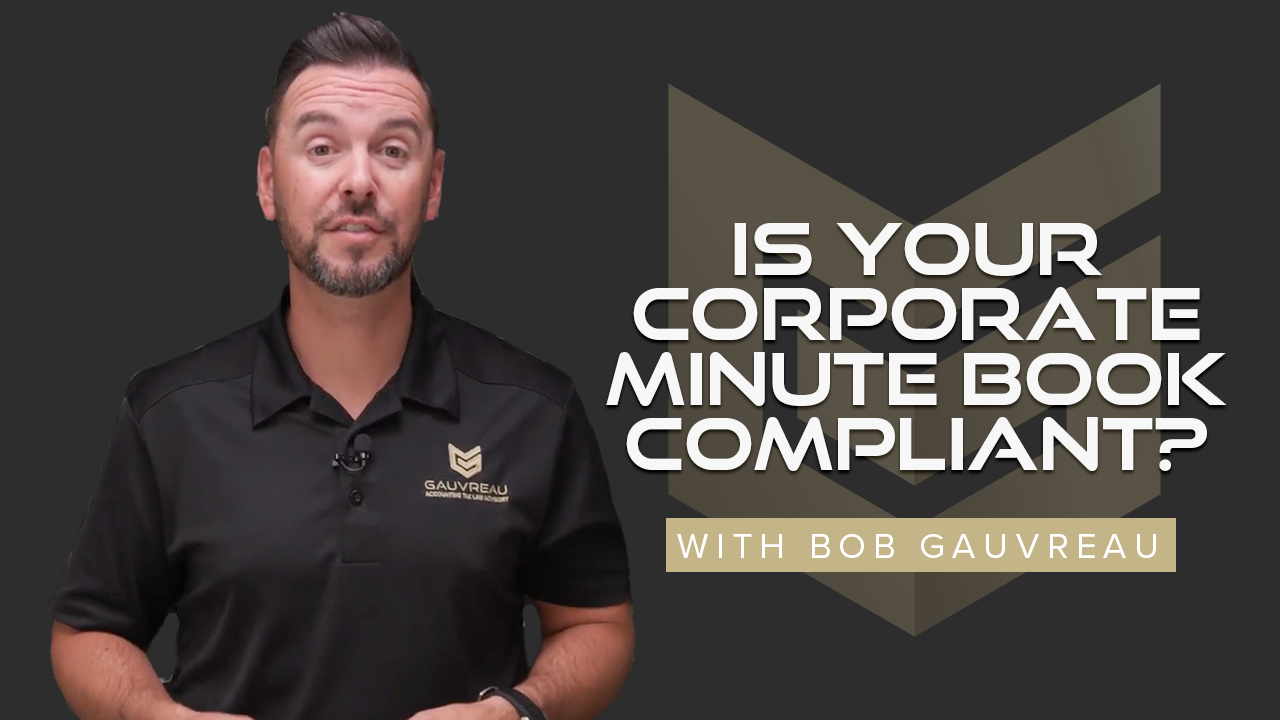Transforming Legal Practice with Clio: A Comprehensive Solution
In the rapidly evolving legal industry, efficiency and seamless management are not just desired, they're essential. That's where...
2 min read
 Gauvreau Accounting Tax Law Advisory
Feb 29, 2024
Gauvreau Accounting Tax Law Advisory
Feb 29, 2024
In the realm of business, understanding and planning your financial trajectory is not just a necessity; it's the backbone of sustainable growth and success. The key to effective financial planning? Start with the end in mind. Knowing what you aim to achieve sets a clear direction for your business's journey. Here's how to navigate this process, using a blend of forecasting and budgeting to ensure your company's financial health and growth.
The initial step in financial planning involves setting clear objectives. What do you want your business to achieve? For instance, consider aiming for a 20% growth over the year. This target becomes the foundation upon which you build your financial model.
Let's assume your company's current revenue is $10 million, with a goal to grow by 20%. The first task is to understand the financial implications of this growth. If your profit margin stands at 50%, a $10 million revenue translates into $5 million in costs and similarly, $5 million in profit. Overhead costs—such as advertising, office management, insurance, and subscriptions—may also total $5 million, balancing your budget to zero initially.
Aspiring to increase your revenue to $12 million means aiming for a $6 million gross profit, provided you maintain a 50% profit margin and keep overhead costs at $5 million. This scenario would result in a net income of $1 million. The important point here is to manage overhead costs effectively while boosting revenue and maintaining profit margins.
Achieving yearly goals requires monthly planning. Incremental growth won't happen overnight; it necessitates setting and hitting key objectives throughout the year. For a jump from $10 million to $12 million in revenue, you need an additional $2 million annually or approximately $167,000 monthly. Identifying what will drive this growth—be it new clients, increased sales, or strategic partnerships—is crucial.
As revenue increases, so may the cost of goods sold (COGS) and potentially overhead costs. The challenge lies in mapping these increases against revenue growth, ensuring that your profit margin remains healthy. For example, if you're scaling from $900,000 to $1 million in monthly revenue, with a 50% profit margin, it's essential to closely monitor and adjust your spending on employees, marketing, and other operational costs to align with your growth objectives.
Realistically, some overhead costs will rise as your company grows. The key is to balance necessary increases, such as in advertising or hiring, with the overall goal of enhancing profitability. Identifying efficient growth drivers, like referral partners, can help in achieving more with less, optimizing your cost structure while expanding.
An indispensable part of financial planning is tracking actual results against your budget and forecast. Regularly measuring your company's performance allows you to stay on course or make necessary adjustments. This ongoing evaluation ensures that you remain aligned with your ultimate financial goals, adjusting strategies as needed to meet your targets.
Budgeting and forecasting your company's financial performance is a dynamic process that requires starting with a clear end goal, breaking down objectives into manageable parts, and continuously monitoring progress. By meticulously planning and adjusting your financial model, you can steer your business towards achieving its desired financial outcomes, ensuring long-term success and sustainability.
Embarking on a journey of financial growth and stability requires a solid plan and the right strategies. Whether you're aiming for a significant revenue increase, optimizing your cost structure, or ensuring that every dollar spent propels your business forward, having a clear roadmap is essential. But why go it alone?
If you're looking to refine your financial planning process, seek expert guidance, or simply want to learn more about crafting a budget and forecast that align with your business goals, we're here to help. Our team of experts specializes in helping businesses like yours navigate their financial landscape with confidence.

In the rapidly evolving legal industry, efficiency and seamless management are not just desired, they're essential. That's where...

In the realm of business, documentation isn't just a formality—it's the bedrock of successful corporate operations. Among the multitude...

As a business owner, you likely have a long list of priorities—from managing operations and leading your team to scaling your revenue. One...